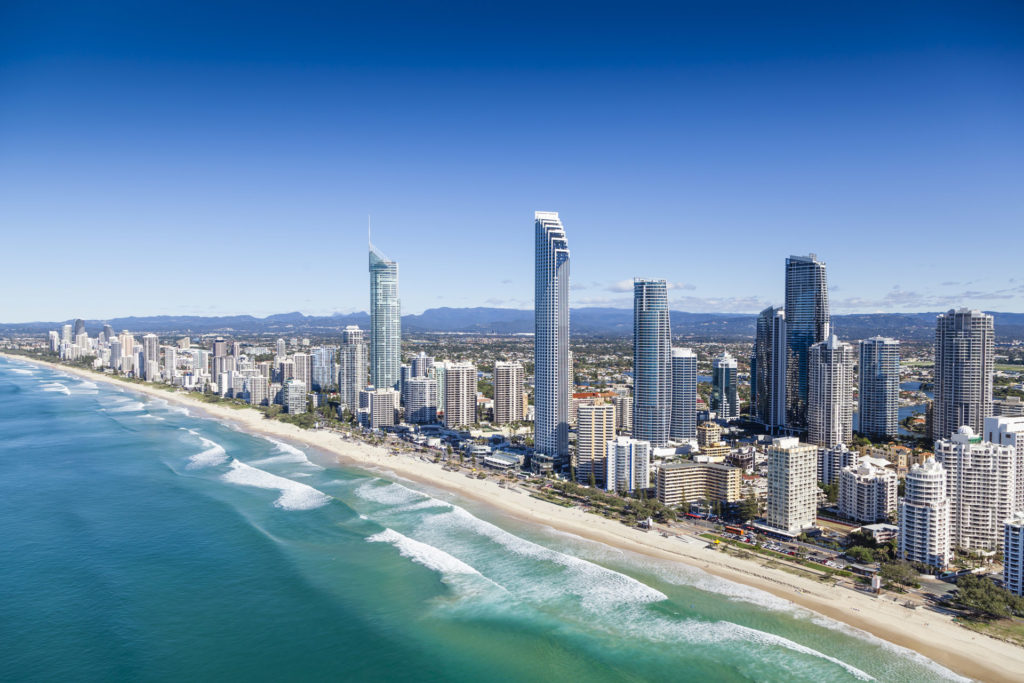Introduction
In response to recent building fires being exacerbated by combustible cladding, the QLD Govt has amended the Building Regulation 2006 to introduce a regime to identify buildings with combustible cladding.
The regime commences on 1 October 2018. It makes it compulsory for private owners of buildings (other than houses) to register their building and complete checklists on the safer buildings website set up by the Govt – https://www.saferbuildings.qld.gov.au
This note discusses (briefly) who is affected, the steps building owners must take and the timeframes in which those steps must be taken.
If you are a concerned building owner or body corporate – please feel free to get in touch with us about this.
Who Needs to Comply?
The new regulations apply to all non-government owners of buildings which:
- are in any of classes 2 to 9 construction (pretty much all residential and commercial buildings other than houses);
- are type A or type B construction (which in most cases – is buildings more than three stories); and
- were approved under a development approval issued between 1 January 1994 and 31 September 2018.
For strata buildings with multiple lots (apartment blocks), the body corporate is the entity who must comply with the regime.
Three Stage Process to Assess If Cladding Is Non-Conforming
The regime is a three stage process.
Stage 1: By 29 March 2019 building owners must register their building with the Queensland Building and Construction Commission (QBCC) via the portal on the safer buildings website and complete an online combustible cladding checklist (part 1). Completion of the online checklist will identify whether it is likely their building has combustible cladding and the owner therefore needs to continue with Stage 2. It is expected the majority of buildings will have no combustible cladding and owners will not need to complete Stage 2 or 3 (outlined below).
Stage 2: If the answers given to the stage 1 checklist indicate the building may have combustible cladding, then by 29 May 2019 the owner must:
- engage a building industry professional to prepare a building industry professional statement;
- complete the online combustible cladding checklist (part 2); and
- upload the building industry professional statement to the safer buildings website.
Owners who know or suspect their building has flammable cladding can simply notify the QBCC of this, skip stage 2 and go straight to stage 3.
Stage 3: If completion of the online checklists indicate the building may have flammable cladding or the owner has notified the QBCC they think the building may have flammable cladding , the owner must:
- by 27 August 2019 engage a fire engineer to prepare a building fire safety risk assessment and fire engineer statement and register the fire engineer’s details on the safer buildings website; and
- by 3 May 2021 complete the online combustible cladding checklist (part 3) and upload the building fire safety risk assessment and fire engineer statement on the safer buildings website.
Notification Obligations If Cladding Potentially Unsafe?
If the fire safety risk assessment received by the owner says the building is affected by a combustible cladding risk, the owner must within 60 business days of receiving the fire safety risk assessment:
- display a notice in a conspicuous position at the entrance to the building and near the fire indicator panel; and
- if the building comprises 2 or more lots, provide a copy of the fire safety risk assessment to all lot owners and tenants.
Owners in this situation should also contact their insurer to confirm if their policy is impacted.
What If the Building Is Sold During the Process?
What if the building is sold during the process?
From 1 October 2018, if a building is sold before completion of the above process, the owner selling must provide:
- the buyer with a notice (in the approved form) about the status of compliance with the process and a copy of all relevant documents; and
- the QBCC with a copy of the notice provided to the buyer.
Following settlement, the buyer will become responsible for complying with the process.
What If the Claddings Is Removed?
The obligations to give the notifications mentioned above cease if the combustible cladding is removed and a private certifier signs off on that.




